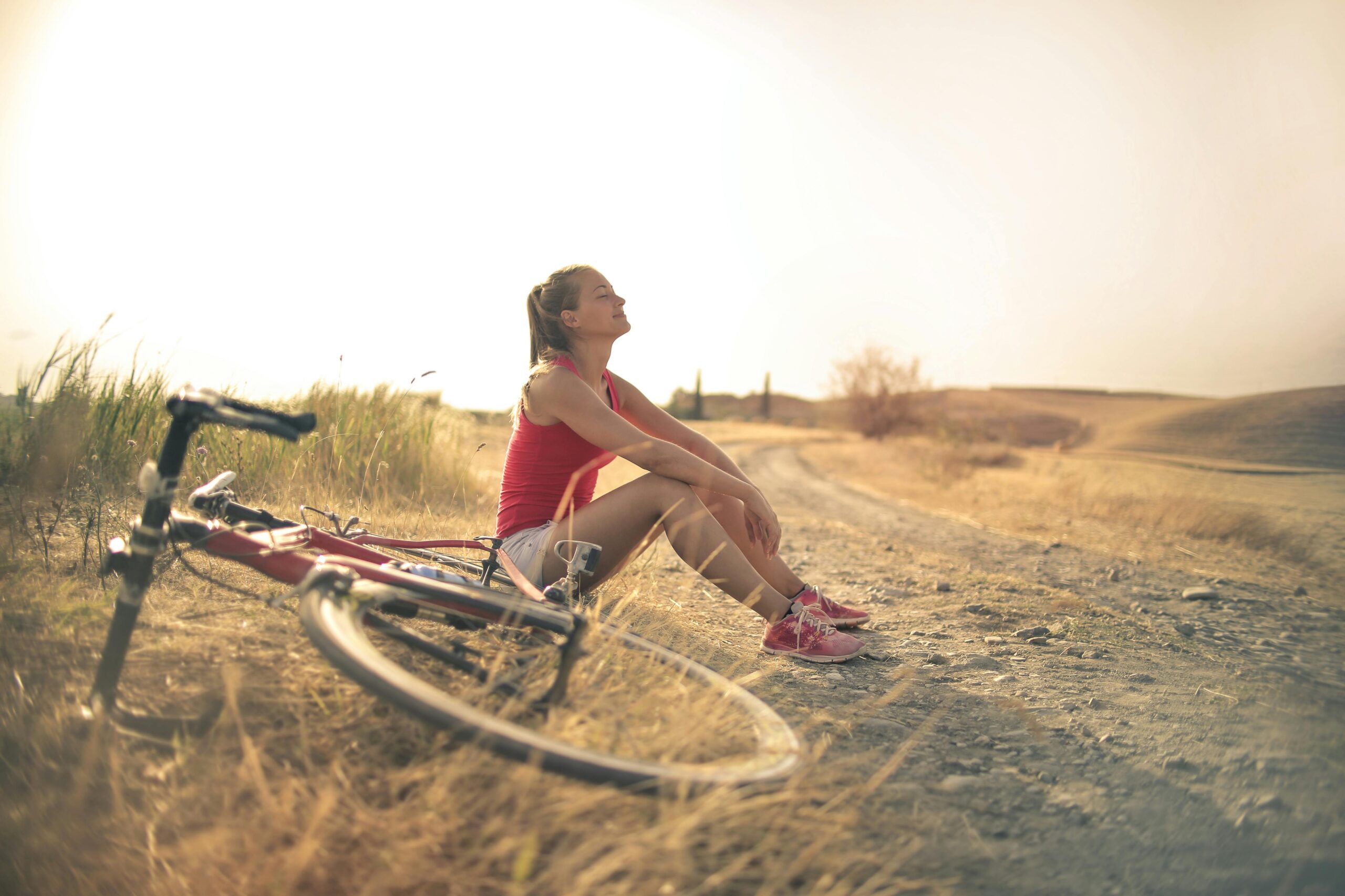Maximizing Your Active Lifestyle: FAQs and Tips for Balancing Fitness and Leisure
Living an active lifestyle is essential for maintaining physical health, mental well-being, and overall happiness. Incorporating regular physical activity into your daily routine can have profound benefits that extend beyond just the physical realm. In this article, we will explore the significance of leading an active life, touching upon various aspects including nutrition, the psychology of activity, general training tips, and examples of popular activities such as running, cycling, swimming, triathlon, hiking, paddleboarding, and kayaking.
Nutrition: Fueling Your Active Lifestyle
Nutrition plays a crucial role in supporting an active lifestyle. A well-balanced diet provides the necessary nutrients to fuel your workouts, aid in recovery, and promote overall health. Here are some key nutritional principles to consider:
Balanced Diet
Maintain a diet rich in fruits, vegetables, lean proteins, whole grains, and healthy fats. These foods provide essential vitamins, minerals, and antioxidants to support your body’s needs during physical activity.
Hydration
Staying hydrated is essential for optimal performance and recovery. Drink plenty of water throughout the day, especially before, during, and after exercise to replace fluids lost through sweat.
Timing of Meals
Fuel your body with a combination of carbohydrates and protein before and after workouts to provide energy and support muscle repair. Aim to eat a balanced meal or snack 1-2 hours before exercise and refuel within 30 minutes to an hour after your workout.
The Psychology of Activity: Mind-Body Connection
Engaging in regular physical activity not only benefits your body but also has a positive impact on your mental well-being. The psychology of activity explores the profound connection between physical movement and mental health:
Stress Reduction
Exercise is a powerful stress reliever, helping to reduce levels of cortisol (the stress hormone) and promote feelings of relaxation and calmness.
Mood Enhancement
Physical activity triggers the release of endorphins, neurotransmitters in the brain that are known as “feel-good” hormones. Regular exercise can help alleviate symptoms of depression and anxiety, improving overall mood and emotional well-being.
Confidence Boost
Achieving fitness goals and overcoming challenges through physical activity can boost self-esteem and confidence. The sense of accomplishment gained from pushing your limits and reaching new milestones can have a profound impact on your self-perception.
General Training Tips: Setting Yourself Up for Success
Whether you’re a seasoned athlete or just starting your fitness journey, these general training tips can help you maximize your results and stay motivated:
Set Realistic Goals
Establish specific, achievable goals that align with your fitness level and interests. Whether it’s completing a 5K race, mastering a new yoga pose, or increasing your strength and endurance, having clear objectives can keep you focused and motivated.
Consistency is Key
Consistency is crucial for progress and long-term success. Make physical activity a regular part of your routine by scheduling workouts, setting aside dedicated time for exercise, and finding activities that you enjoy and look forward to.
Listen to Your Body
Pay attention to how your body feels during and after exercise. Take rest days when needed, prioritize recovery, and listen to any signs of pain or discomfort. It’s important to find a balance between pushing your limits and respecting your body’s need for rest and recovery.
Examples of Popular Activities
From high-intensity workouts to leisurely outdoor adventures, there are countless activities to suit every fitness level and interest. Here are some examples of popular activities that can help you stay active and engaged:
Running
Running is a versatile and accessible form of exercise that can be done virtually anywhere, from city streets to scenic trails. Whether you’re training for a marathon or simply enjoying a leisurely jog around the neighborhood, running offers numerous health benefits, including improved cardiovascular health, increased endurance, and stress relief.
Cycling
Cycling is a low-impact aerobic exercise that provides an excellent cardiovascular workout while also building strength and endurance in the legs. Whether you prefer road cycling, mountain biking, or indoor cycling classes, biking is a fun and effective way to stay fit and explore your surroundings.
Swimming
Swimming is a full-body workout that offers both cardiovascular and strength-building benefits. Whether you’re swimming laps in the pool, taking a water aerobics class, or enjoying a leisurely swim at the beach, swimming is an excellent way to improve endurance, flexibility, and overall fitness.
Triathlon
Triathlon combines swimming, cycling, and running into a single multisport event, challenging participants to push their limits and test their endurance. Training for a triathlon requires a well-rounded approach that includes cardiovascular conditioning, strength training, and mental preparation, making it an ideal activity for those seeking a new challenge.
Hiking
Hiking is a great way to connect with nature while getting a full-body workout. Whether you’re exploring local trails or embarking on a multi-day backpacking adventure, hiking offers numerous physical and mental health benefits, including improved cardiovascular fitness, stress reduction, and enhanced mood.
Paddleboarding and Kayaking
Paddleboarding and kayaking are enjoyable water sports that provide a full-body workout while also allowing you to explore lakes, rivers, and coastal waterways. These activities help improve core strength, balance, and coordination, while also providing a peaceful and scenic way to enjoy the outdoors.
In conclusion, leading an active life is essential for maintaining physical health, mental well-being, and overall happiness. By incorporating regular physical activity into your daily routine, prioritizing proper nutrition, understanding the psychology of activity, and following general training tips, you can reap the numerous benefits of an active lifestyle. Whether you’re running, cycling, swimming, participating in a triathlon, hiking, paddleboarding, kayaking, or engaging in any other form of physical activity, the key is to find activities that you enjoy and make movement a regular part of your life. So lace up your shoes, grab your bike, or head to the nearest body of water—your body and mind will thank you for it.

